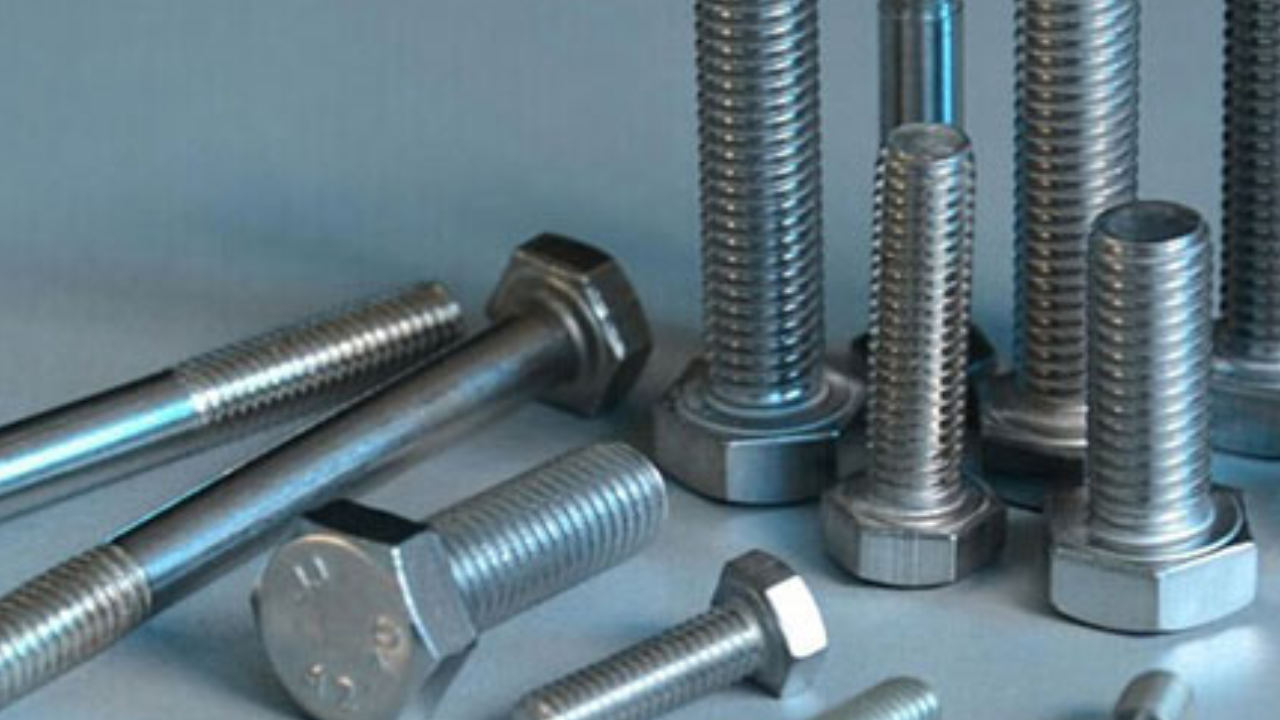Stainless steel screws are basic parts in different businesses and applications. Their significance lies in their capacity to provide solid attachment arrangements in conditions in which regular screws could erode or degrade quickly. Whether or not it's securing outdoor fixtures, assembling marine systems, or fastening additives in corrosive chemical environments, stainless steel screws offer unequaled toughness and overall performance.
Their resistance to rust, oxidation, and staining ensures structural integrity and minimizes the need for frequent preservation or substitution, resulting in price savings and prolonged carrier existence for the assembled structures or merchandise. Moreover, stainless steel screws contribute to aesthetic appeal, mainly in architectural and decorative programs, thanks to their sleek, cutting-edge look and smooth finish.
Their compatibility with numerous materials and availability in different sizes and configurations make them versatile options for a huge range of fastening desires. From construction and production to marine and aerospace industries, SS screw play an important function in ensuring the stability, sturdiness, and reliability of limitless merchandise and systems, making them fundamental additives in modern-day engineering and production practices.
Best Practices For Installing A2 and A4 Stainless-Steel Screws
In this article, we delve into the best practices for installing A2 and A4 stainless-steel screws.
Pre-Installation Preparation
Practice for installing A2 and A4 stainless-steel screws includes deciding on the precise grade, ensuring fabric compatibility, selecting great gear, and preparing the surfaces. Pick the right stainless steel grade primarily based on the application and environmental situations. Verify compatibility among screws and substances. Use appropriate gear designed for stainless-steel screws. Clean surfaces very well to cast off debris, rust, or contaminants that can affect fastening.
Pilot Holes and Clearance
Create pilot holes of the correct diameter and depth to facilitate smooth insertion and proper seating of the screws. Pilot holes save you from splitting, lessen the threat of screw breakage, and ensure accurate alignment. Additionally, provide sufficient clearance between the screw head and the surface to avoid interference during installation. The right pilot hole size and clearance contribute to successful fastening and minimize the risk of harm to the materials and screws.
Torque and Thread Engagement
Make certain steady torque while riding stainless-steel screws to gain uniform clamping force and prevent damage. Talk over producer hints for torque values primarily based on screw size, material kind, and alertness necessities. Reap enough thread engagement with the aid of riding screws fully into pilot holes till heads are flush with the floor. Proper torque manipulation and thread engagement ensure dependable fastening, prevent over-tightening or stripping and preserve the integrity of the screw connection.
Avoiding Galvanic Corrosion
Save on galvanic corrosion with the aid of avoiding the use of distinctive metals in contact with stainless steel screws. Use stainless steel washers or insulating materials between diverse metals to reduce direct contact and electric conductivity. Follow suitable corrosion-resistant coatings or sealants to exposed screw heads or threads, especially in environments liable to corrosion. By averting galvanic coupling between stainless steel screws and varied metals, the danger of galvanic corrosion is minimized, ensuring the longevity of the fastening device.
Surface Preparation and Protection
Put together surfaces using cleansing them thoroughly to eliminate dirt, grease, and contaminants that could affect adhesion or corrosion resistance. Apply appropriate surface remedies, which include primers or sealants, to enhance adhesion and protect against corrosion. Use corrosion-resistant coatings or paints to provide extra protection in opposition to environmental publicity. Right surface education and protection make certain the toughness of stainless-steel screws and maintain their appearance and overall performance in diverse programs, including outside or corrosive environments.
Post-Installation Inspection
Post-installation inspection to affirm the integrity of the fastening device. Test for proper alignment, seating, and engagement of the screws with the substances. Look for any signs and side effects of erosion, releasing, or harm to the screws. Fix any free screws and update any eroded or damaged screws immediately. Record inspection findings and any important renovations or upkeep. Everyday post-installation inspections help ensure the continued reliability and longevity of the stainless steel screw installations.
Final Words
The right installation of A2 and A4 stainless steel screws is crucial to ensuring dependable fastening and long-term performance in diverse programs. By following high-quality practices for guidance, pre-installation strategies, and post-installation issues, users can maximize the benefits of stainless-steel screws, including corrosion resistance, durability, and strength. Adhering to these recommendations enables the integrity of fixed assemblies, minimizes the risk of untimely failure, and ensures the longevity of stainless-steel screw installations.


